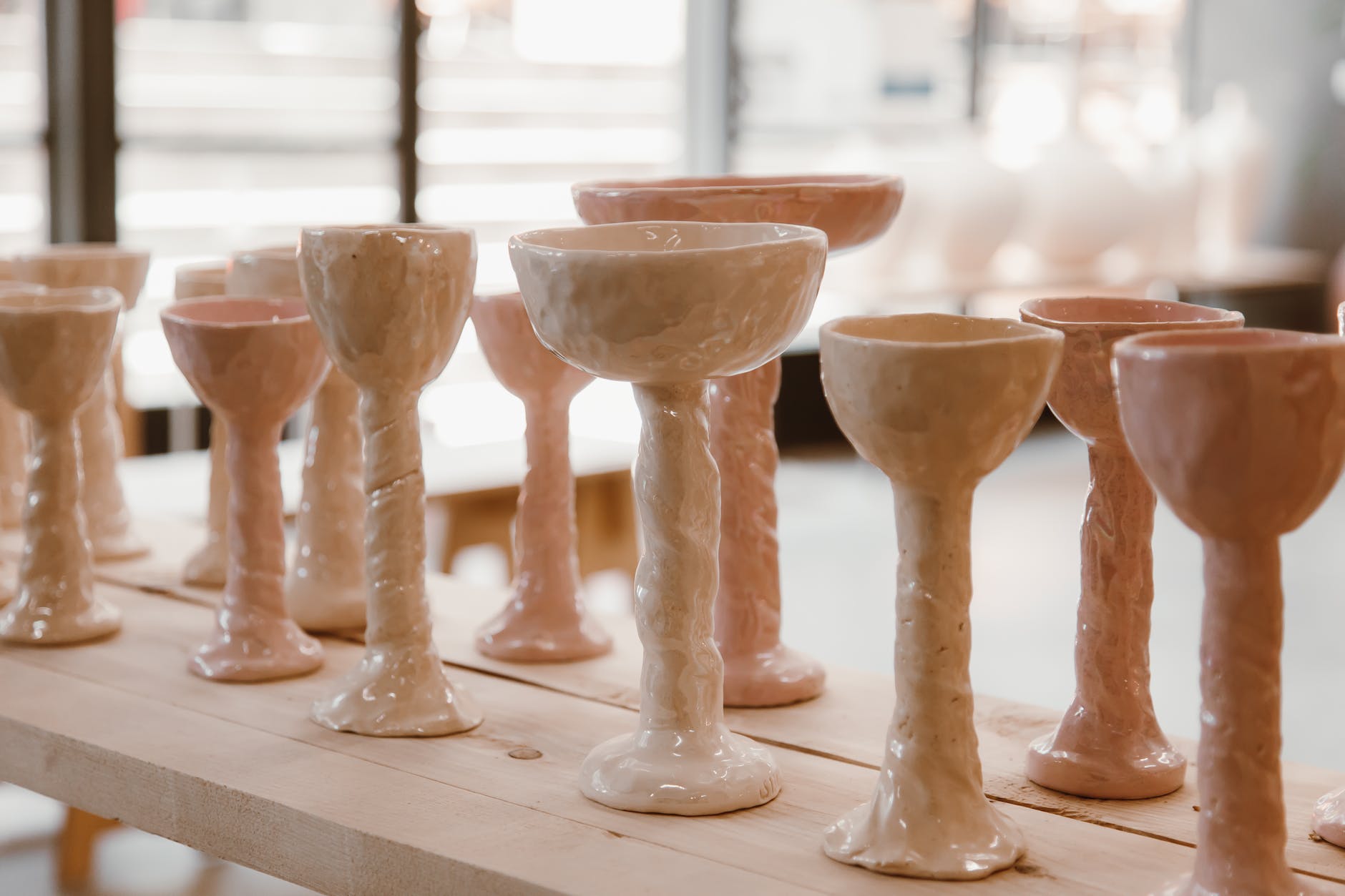Mastering the Alchemy of Color: The Art and Science of Ceramic Glazing
Beyond forming clay into vessels, the glazing process brings earthenware to life with brilliant surface sheens, myriad colors, and glass-like protective impermeability. Learning the intricacies of glaze chemistry, materials, firing techniques, and application methods allows ceramic artists to create dazzling finishes that enhance both beauty and function.
Glaze Composition and Chemistry
The base glaze recipe consists of three essential components – silica to form glassy phases, fluxes like sodium or potassium to lower melting temperatures, and stabilizers such as alumina and zirconia to prevent devitrification matting. Varying the specific compounds and percentages dramatically alters glaze outcomes.
Potassium feldspars melt at lower heats while lithium promotes gloss. Altering chemistry provides the foundation for achieving desired colors, textures, and effects.
Mixing and Preparing Glazes
Artists prepare glaze slurries using precise recipes and procedures to ensure batch-to-batch consistency. Measurements get carefully weighed and documented. The constituents get milled together with water then filtered, de-aired under vacuum, and brought to optimized application viscosity through chemistry adjustments. Only meticulous mixing yields flawless fired results.
Glaze Choices for Desired Properties
An extensive commercial glaze selection provides choices like smooth brilliant clears, reactive crackles, striking iridescents, and rich satin mattes with specialized properties. But artists also mix their own formulations personalized for individual clay bodies, colors, and firing methods to realize signature surfaces. Glaze possibilities offer endless potential for customization.
Colorants for Vibrant Effects
Inorganic pigments fused into glazes create intense colors like cobalt blue, chrome green, and iron red. Desired hues require carefully sourced compounds in tested percentages. Underlying glaze chemistry influences final color. Some specialize exclusively in color mastery to supply fellow artists.
Layering, bleeding, and breaking effects allow endless color combinations. Varying thickness, overlaps, and brightness elicits painterly surfaces. The possibilities stay infinite when grounded in color theory.
Application Techniques
Potters employ numerous techniques to apply glazes like brushing, dipping, banding, spraying, sponging, pouring, and dusting to achieve different results. Brushing coats surfaces while spraying mists uniform thin veils. Wax resist blocking shields areas from glazing. Method impacts final appearance.
Firing Strategies for Optimal Maturation
Carefully formulated glazes require tailored firing profiles to mature fully. Glaze composition determines optimal temperature, soak time, and cooling. Test tiles confirm compatibility with clay bodies and atmospheres. Deviation can ruin kiln loads. Consistency arises from precise firing mastery.
Achieving Special Effects Through Chemistry
Unique expressive glaze techniques include firing natural ash deposits, manipulating crackle patterns by chemistry variation, inducing metallic luster through vaporized metal oxides, and inducing carbon trapping effects with sawdust firing. Signature effects allow creative distinction.
Protecting Surfaces and Enhancing Utility
Beyond just aesthetic enhancement, functional glazes protect porous surfaces from staining, enable liquid storage through non-porosity, make cleaning easier, strengthen wares against abrasion, and improve thermal resilience. Durable high-fired glazes safeguard pottery integrity.
Part alchemy, chemistry, and artistry, ceramic glazing offers limitless potential for innovation. Master glazers partner scientific knowledge with creative intuition to manipulate molecular structure into brilliant surfaces of enduring beauty. Their technical prowess liberates expression through earth and fire.
